Koolance CPU-LN2 Liquid Nitrogen Evaporator
Dry Ice Benching Results
As mentioned before, dry ice sublimates at -78.5 Celsius. This means that in theory the coldest temperature you will ever see would be -78.5 Celsius. However due to the differing thermal conductivities of the various mediums in between the processor and the dry ice, typical temperatures range between -70 Celsius and -60 Celsius.
Initially I started with the Koolance CPU-LN2 and ran the entire suite of tests while measuring the IHS temperatures. I specifically measured the IHS temperatures as at the end of the day it only matters how cold the processor stays. For user reference and comparison on the Phenom II X4 955 at 1.60vcore and 1.4vnb at 4.8GHz and idle in Windows the Koolance CPU-LN2 had a coldest container base temp of -67.3C and the K|ngp|n Cooling Dragon F1EE had a container base temp of -63.3C. I would attribute this due to the differences in design with the F1EE being primarily designed as an LN2 container with a much thicker base.
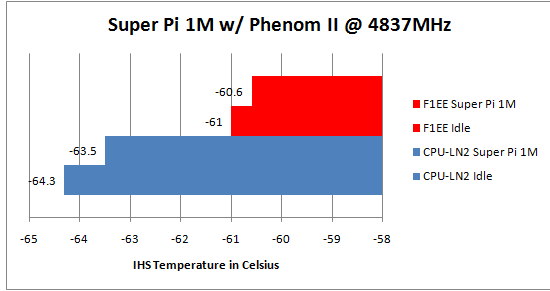
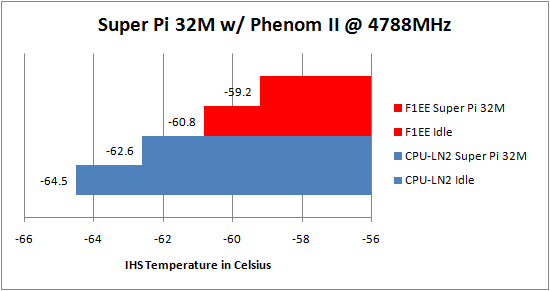
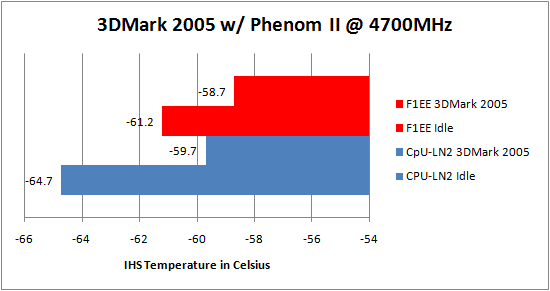
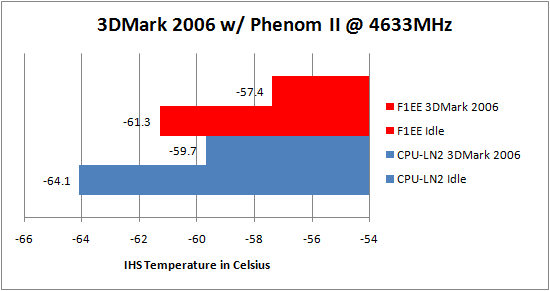
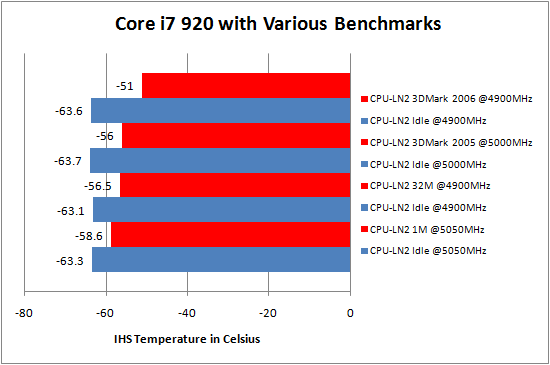
The following is a short 1 minute video I shot of the CPU-LN2 with dry ice on the Phenom II showing how the pot responds to the load. The CPU was at 4.6GHz with 1.6vcore and 1.4vnb and the temperature probe was attached to the IHS via Ceramique.
With a thinner base and greater internal volume the CPU-LN2 is the clear winner here for dry ice cooling. With the tall acetal extension the CPU-LN2 is quite easy to bench with dry ice, simply keep it at least half-way full and the temps are quite stable. Towards the end I was getting lazy and tossing large chunks into the tube and I noticed only a marginal difference in performance versus powder and pellets. The performance on Core i7 was quite impressive, I personally thought the CPU-LN2 would cave when faced with a greater load.

Comments are closed.